Why Do Solar Lights Fog Up? Preventing outdoor light fogging
Fogging doesn’t just affect the aesthetics of your solar lights; it can significantly impact their functionality. A cloudy solar panel reduces the amount of sunlight that reaches the photovoltaic (PV) cells, leading to less efficient charging. This can result in dimmer lights, shorter illumination times, or lights that fail to turn on altogether. For solar pathway lights, which are often used to guide foot traffic safely, this can compromise both safety and ambiance.
Additionally, fogged-up panels can accelerate wear on the internal components. For instance, if moisture is trapped inside, it can lead to corrosion of the battery terminals or wiring, further reducing the lifespan of the light. Regular maintenance and timely intervention are crucial to maintaining the performance of your solar pathway lights.
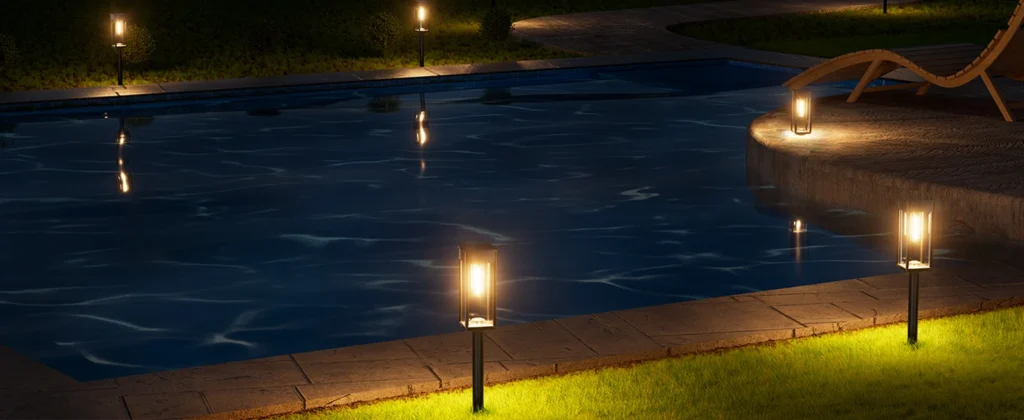
How to Clean Foggy Solar Lights
If your solar lights are foggy, don’t despair—there are several effective cleaning methods to restore their clarity and functionality. Here’s a step-by-step guide tailored for solar pathway lights and other solar lighting setups:
Step 1: Initial Cleaning with Soap and Water
Start by gently cleaning the solar panel with a soft cloth or sponge dampened with distilled water and mild dish soap. Avoid abrasive materials like steel wool, which can scratch the surface and worsen the problem. For solar pathway lights, ensure the surrounding area is clear of debris like leaves or dirt before cleaning to prevent re-contamination. Dry the panel with a clean microfiber cloth to remove any streaks.
Step 2: Addressing UV-Induced Haze
For panels with a white haze caused by UV degradation, try using a mild abrasive like toothpaste (non-gel) or baking soda. Apply a small amount to the panel and gently rub in a circular motion with a soft cloth. This can help remove the hazy layer without damaging the underlying material. For solar pathway lights with epoxy-covered panels, follow up with a polishing compound, such as those used for car headlights, to restore clarity.
Step 3: Sealing with Lacquer or Protective Film
After cleaning, apply a thin layer of clear lacquer or UV-resistant spray to the panel to protect it from further UV damage. Be cautious to avoid overspray on the light’s housing—use painter’s tape to mask off surrounding areas if needed. Alternatively, consider applying a clear 3M paint protection film, which is designed to resist UV degradation and can significantly extend the life of the panel. This is particularly effective for solar pathway lights exposed to intense sunlight, such as in regions like Arizona.
Step 4: Addressing Moisture and Corrosion
If fogging is due to condensation, open the electronics compartment (if possible) and dry it thoroughly. Seal any cracks or gaps with clear silicone sealant to prevent future water ingress. For solar pathway lights in humid or coastal environments, check the seals regularly and consider using lights with an IP65 waterproof rating for added durability. If the battery terminals show signs of corrosion, clean them with a small amount of vinegar and a toothbrush, then replace alkaline batteries with rechargeable solar-specific batteries to prevent future corrosion.
Preventive Measures to Keep Solar Lights Clear
Prevention is always better than cure. Here are some proactive steps to keep your solar pathway lights and other solar lights free from fogging:
Choose High-Quality Solar Lights
Invest in solar lights made with durable materials, such as tempered glass or high-grade plastic, which are less prone to UV degradation. Brands like Mancra, which offer solar pathway lights with IP65 waterproof ratings and glass bodies, are designed to withstand harsh weather conditions and resist fogging. While these may cost more upfront, their longevity makes them a worthwhile investment.
Regular Maintenance Schedule
Clean your solar lights every 2-3 months to prevent dirt and debris buildup. For solar pathway lights near vegetation, check for leaves or grass that may cover the panel, especially in autumn. Applying a thin layer of car wax every six months can also help protect the panel from UV damage and maintain its clarity.
Optimize Placement
Position your solar pathway lights in areas with ample sunlight but minimal shading from trees or structures. Ensure the panels face south (in the Northern Hemisphere) to maximize sun exposure. Avoid placing lights near artificial light sources, such as street lamps, which can interfere with the light sensor and affect charging efficiency.
Use Protective Coatings
Applying a UV-resistant coating or film at the time of installation can significantly reduce fogging. For solar pathway lights, consider products like Solareye80 ground lights, which are designed to resist dirt and water ingress, reducing the need for frequent cleaning.
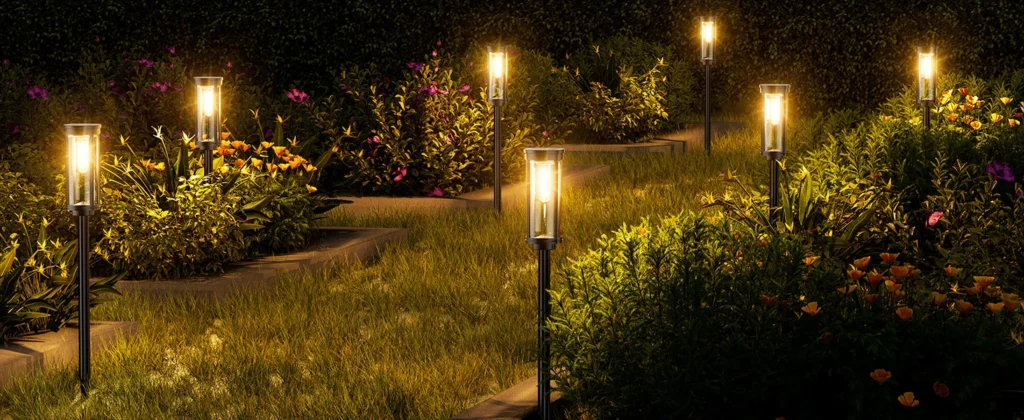
Unique Tips for Enhancing Solar Light Longevity
Beyond cleaning and prevention, here are some innovative ideas to enhance the performance and lifespan of your solar lights:
Upgrade to Larger Solar Panels and Batteries
In areas with frequent cloud cover or fog, consider upgrading to solar pathway lights with larger solar panels and higher-capacity batteries. These can capture and store more energy, even in low-light conditions, ensuring consistent performance. For example, in cloudy regions like Portland, OR, lights with backup power capabilities can maintain illumination through multiple overcast days.
DIY Protective Covers
For a budget-friendly solution, create custom protective covers for your solar pathway lights using UV-resistant acrylic sheets. These can be cut to size and sealed over the solar panel to provide an additional layer of protection against UV rays and moisture. This DIY approach is particularly useful for lights in exposed locations.
Smart Sensor Adjustments
Some modern solar pathway lights come with adjustable light sensors. If your lights are turning on/off erratically due to nearby artificial lights, adjust the sensor sensitivity or reposition the lights to minimize interference. This can also help maintain battery charge and reduce the risk of fogging caused by overworked components.
When to Replace Your Solar Lights
If cleaning and maintenance don’t restore your solar lights’ performance, it may be time to consider replacement. Look for signs such as persistent dimness, short illumination times, or physical damage to the panel or battery compartment. When replacing solar pathway lights, opt for models with robust warranties and high-quality materials to avoid recurring fogging issues. Brands like Bitpott offer reliable options with durable designs, but ensure you check customer reviews for real-world performance.
Environmental Considerations for Solar Lights
Solar lights, including solar pathway lights, are an eco-friendly choice, but their performance can be influenced by environmental factors. In foggy or cloudy regions, such as San Francisco, solar panels may operate at reduced efficiency (around 50%), but they can still generate enough energy to function. Choosing lights with larger panels or micro-inverters can help mitigate these challenges. Additionally, consider the ecological impact of replacing lights frequently—opting for durable, high-quality models reduces waste and supports sustainability.
Conclusion
Understanding why do solar lights fog up is the first step to maintaining their performance and extending their lifespan. Whether it’s UV degradation, moisture ingress, or environmental buildup, proactive cleaning and preventive measures can keep your solar pathway lights shining brightly. By choosing high-quality lights, maintaining a regular cleaning schedule, and optimizing placement, you can enjoy reliable, eco-friendly illumination for years to come. If fogging persists despite your efforts, consider upgrading to more durable models or consulting with a solar lighting specialist to find the best solution for your outdoor space.



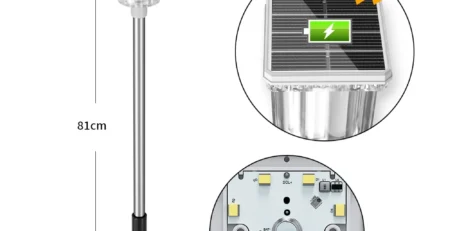



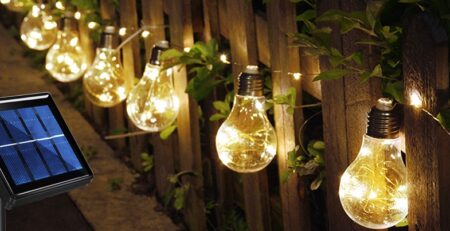
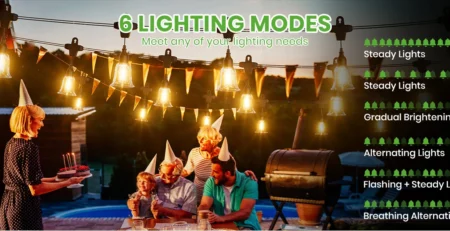

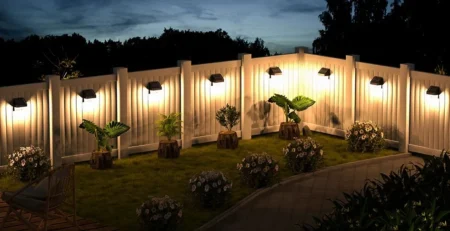
Leave a Reply